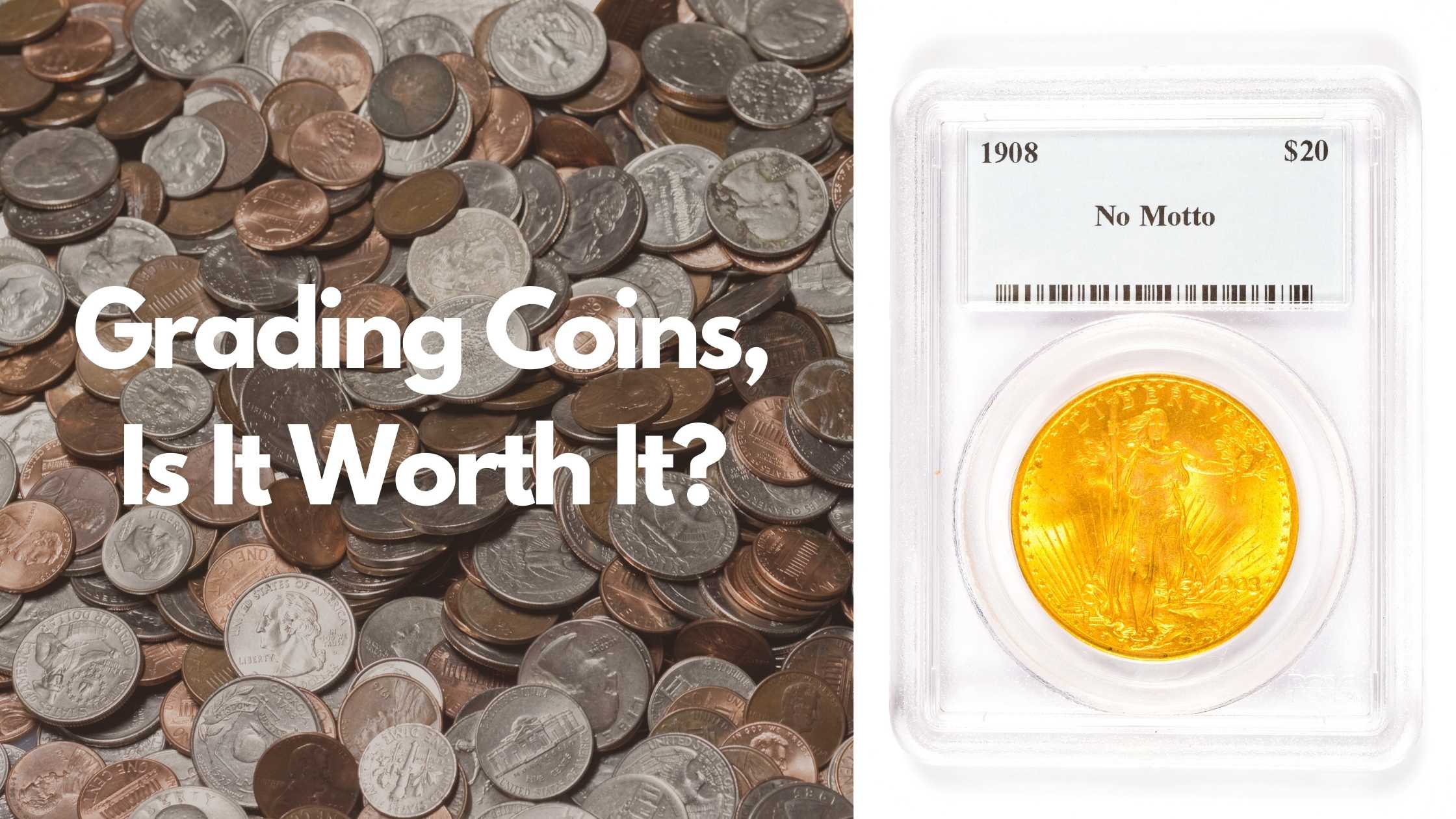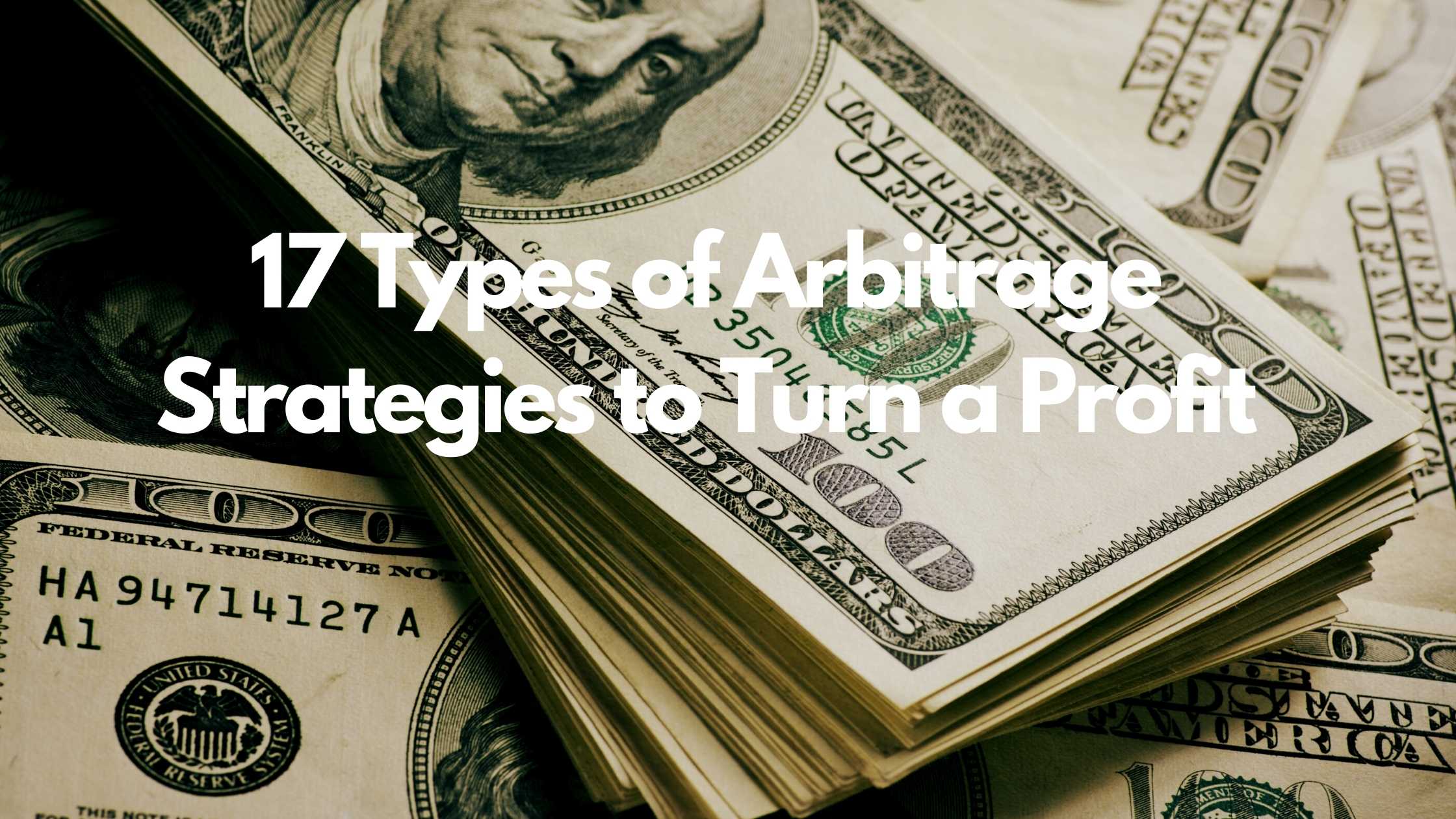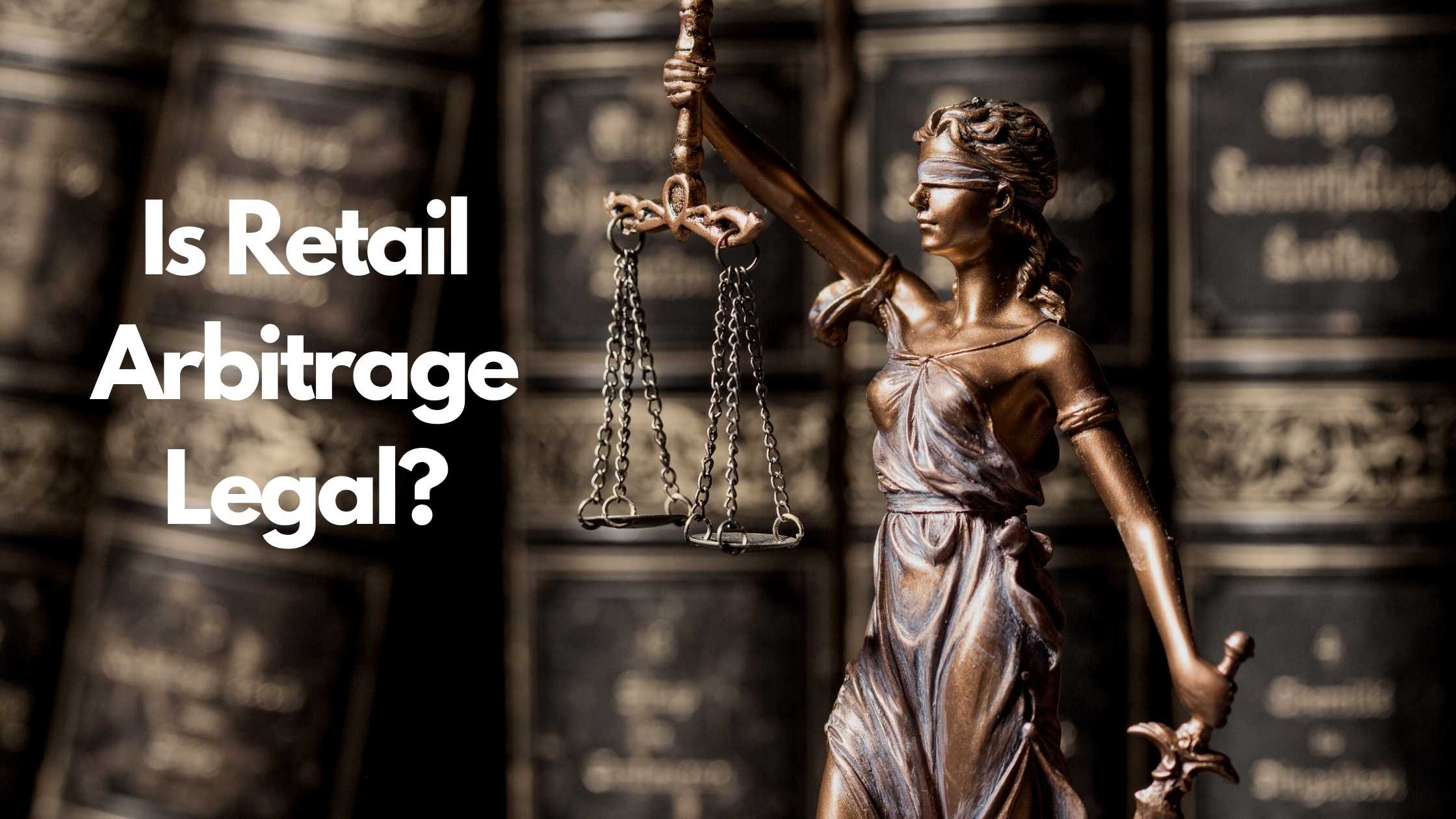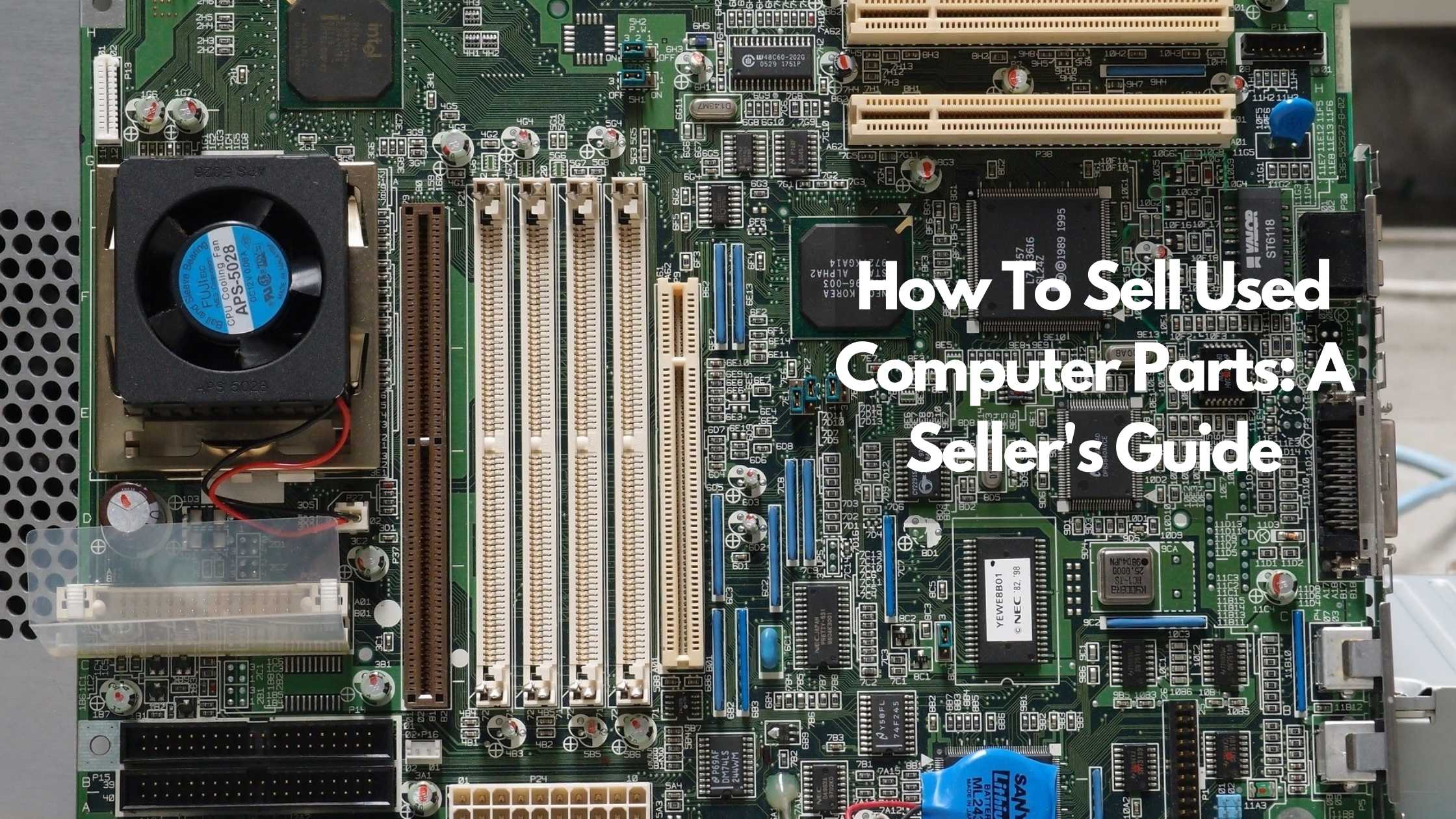
Grading coins, is it worth it? Pros and cons

If you’ve got ungraded coins and are torn between having them graded or not, you’ve come to the right place for guidance.
Grading was initially intended to make transactions in sight unseen coins hassle-free. Then it advanced to an impartial assessment of the coin’s general physical condition. Collectors regard these coins highly because the guaranteed authenticity makes them easier to sell.
However, not all that glitters is gold. Some graded coins prove worthless when discerning dealers are only willing to part with the spot price.
This article, therefore, presents well-researched information to help you make the right decision.
And if you’d like to find out about selling ungraded coins, check out this article selling ungraded coins.
Is it worth it to get coins graded?
It’s worth it if your coins are valuable, the cost of grading is less than their current worth, and you’d like to confirm their authenticity before selling.
Some coins, due to their superior physical condition and rarity, are worth grading. While others of the same mint have little intrinsic value.
The pros and cons of grading coins.
As a general rule, graders use the internationally recognized Sheldon scale to assign a coin grade of 1 – 70 based on its condition. Any grade that’s closer to 70 is valuable and extremely rare. Hence the reason high-grade coins are a hot commodity.
Grading is also a highly sensitive process because fortunes and reputations are pegged on it and the reason why coin grading companies like PCGS and NGC are the most trusted in the business.
It’s important to note that graders are neither appraisers or valuers nor is grading an exact science; they’re more like the quality control guys. Their job is simply to evaluate the coin, give it a grade, and then the market decides it’s worth.
The Pros of Grading Coins.
- High demand: Grading creates demand for top graded coins in the 60 -70 range. Further, the highest demand within any coin type can fetch spectacular prices at auction.
- High-quality protection: Grades use a plastic holder called a slab to encase a coin for protection once it’s graded. These holders are some of the best and most durable that money can buy.
- Assurance: A graded coin gives a buyer and seller the added boost to conclude a transaction, unlike before, where it was the seller’s word.
- Authenticity: A reputable grader can’t place a coin in a slab if it’s not authentic. Third-party grading services hire expert numismatists that examine every coin for its originality and provide their expert opinion on the coin’s overall grade.
- Valuation: In rare situations and rare coins, a grading service can provide a value for a graded coin. Unless the coin is so rare, it needs to be bid to establish value or is too new. Most graded coins have a value associated with them on the grading service’s website.
- Increase liquidity: Because they’re easy to sell and on-demand, you don’t have to worry that your money will be tied up for long periods. This flexibility is the reason it’s called the king of hobbies.
- Identity: Graders have vast databases of each coin they grade. This certification will ensure you know the exact type of coin you possess. You can find specs on a particular coin, as well as how many coins have been assigned to certain grades.
The Cons of Grading Coins.
- Restrictions: Some collectors don’t like the holders because they make it impossible to view all the coin’s angles, especially the edges.
- Uncertainty: Even a graded coin cannot give the province or history of the coin. The only way to be sure your coin was not stolen, then later encased in a slab, is to purchase directly from a mint.
- Expensive: The grading expense can be prohibitive, including the added insurance and shipping costs.
- Risky: Anything could go wrong because there are no guarantees. The risk involved in shipping your coin to the grader,\ or getting damaged (fingerprinted, or hazed over) in the grading process, is worthy of consideration.
- Changing standards: When grading standards occur, you’ll need to have your coins regarded. This might leave you with over graded/undergraded coins.
- Missed opportunities: Sometimes, the holders hide essential details, which play an important role in determining the value of a coin.
How to grade a coin?
Ascertaining a coin’s value depends on factors like when it was initially struck, level of preservation, plus wear and tear.
The five aspects of a coin that a grader reviews are:
1. Strike – the process of stamping a design onto a planchet or a blank.
2. Preservation – The number of marks on a coin’s surface and their placement.
3. Luster– Depending on the design, mint of origin and the metal used a coin may have a variety of surface textures.
4. Color – this is the attractive original coloration that greatly enhances the appearance of a coin.
5. Attractiveness – The four individual components listed above, when combined, form an all-encompassing component that encompasses the coin’s attractiveness or ‘eye appeal’.
For one, start amassing knowledge by acquiring the red book or the “Official ANA Grading Standards for United States Coins” by Kenneth Bressett because it shares the official standards of the American Numismatic Association and provides the foundation for other coin grading books.
Additionally, photograde and coin facts apps are free and are a great way to determine a relative value before grading any money.
Certain flaws can affect a coin’s grade, precisely the size, and position of the imperfection.
Furthermore, the flaw’s effect on the coin’s general appearance could make one person grade it higher and another lower.
- Coins in poor (P), fair (F), about good (AG), or good (G) condition generally aren’t fine enough for collectors. These coins have a somewhat legible date and mintmark, but a good deal of the design is indistinguishable. However, they can hold a place in a collection until a more acceptable specimen is found.
- Coins graded very good (VG) show a worn design but are generally attractive and free of gouges or other mutilations.
- A fine (F) coin is highly legible, and the design is straightforward but a bit worn. These coins are attractive and desirable to collectors.
- A very fine (VF) coin has only light wear with a very clear mintmark, date, and design.
- An extremely fine (XF) coin has wear only on the high points of the design.
- About uncirculated (AU), uncirculated (U), choice uncirculated (CU), or gem uncirculated (GU) coins are beautiful coins that range from very little wear to completely without wear.
Want to know how to DIY?
- Get a magnifying glass to enhance the coin and make it possible for you to scan flaws, if any, on the surface.
- Invest in good lighting so as not to miss important details that could affect the overall value.
- Hold the coin precariously on the edges between the thumb and index finger.
- Only focus on the more glaring flaws to avoid undervaluing the coin. Practice with several coins at a time.
- Use a coin grading scale to see where it rates. Use the Sheldon scale or UK’s exacting coin grading tiers.
- You can also check your opinion with two or three trusted dealers.
- Also, never grade a coin from an image; insist on seeing it, which will help you gauge the weight and other finer details.
Continue to research and perfect this skill because it’s bound to save you high costs. Also, take ANA grading classes or find a mentor dealer with substantial experience.
Where do you get coins graded?
Experts recommend that you only grade coins with a spot price of $100+. Also, if you’ve got a coin that has frequently been counterfeited, you’ll need a certified professional assessment.
Before you go, below are coins likely to be rejected by a reputable grader.
- A coin with alterations.
- If the coin has an added mintmark, altered date, altered surfaces, artificial toning.
- Damaged coin – Bent, brushed, burnished or polished, chop marks (controversial), clipped, corrosion, physical damage, environmental damage, residue of glue or other material, graffiti, lacquered, evidence of removed mount (jewelry), plugged, rim damage, repairs, solder marks, tooling, whizzed (polished with a fine wire brush) and wiped.
The cost of grading services vary from approximately $14 -$45 per coin. Coins are shipped insured, so postal insurance is factored into the final fee.
There are several coin grading companies, but the two most respected companies in the numismatic community are:
- The Numismatic Guaranty Corporation (NGC) is associated with the American Numismatics Association (ANA). It requires you to take membership for its services. The membership levels range from free, which provides access to their registry but does not allow you to submit coins to them.
- The Professional Coin Grading Service (PCGS) is highly recognized and requires you to be a member, which costs between $69 and $249 depending on your membership level. Once you’re a member, submit coins using their online submission center and mailing them in or by attending one of their shows to submit in person.
If you’re not keen on either membership, find a trusted and reputable dealer to submit for you. You can go about this by asking for referrals, finding a dealer that’s affiliated to ANA, or one that’s affiliated to PCGS or NGC. These searches should eventually spring someone using the current grading standards and that you can rely on to get your coins graded consistently.
Fake coins: How to tell a counterfeit from a genuine
Refer to US mint specifications to get the accurate details then conduct the following test:
- Get a digital scale and a pair of calipers to measure the coin’s weight, diameter, and thickness. The scale should be extremely accurate to measure at least one-hundredth of a gram (0.01).
- Use a magnifier to check for mismatched surface qualities like: surface texture, text spacing, seams, markings, and edges.
- Both gold and silver are non-magnetic metals, meaning they should feel no reaction when a magnet is nearby.
- Place some ice on the coins at room temperature; if it doesn’t melt at a super fast rate, it’s probably a counterfeit.
How to tell a fake coin grading company?
- Learn the subtle qualities of a genuine holder to compare with what you encounter.
- Don’t purchase rare coins from Chinese resellers on eBay. PGSC has been petitioning eBay on this based on the prevalence.
- Be extra conscious of an underpriced coin, which could often be indicative of a fake.
- Insist on a return policy, or money back guarantee enforceable by the payment service. Additionally, check whether there are any legal protections for fraud.
- Ask for a second opinion certification from a reputable grading company or verify the certificate number using the PCGS Cert Verification program at http://www.pcgs.com/cert/.
- Conduct due diligence on the seller to know everything about them.
- Only purchased from reputable, accredited dealers.
- Always trust your gut instinct.
Conclusion
As you can see there are significant factors that influence the need to grade or not to grade your coins.
The ultimate decision lies with you and the needs you have to meet.
However, to avoid making losses or losing your reputation, never buy a coin if you doubt the grading or if you are not completely satisfied with your purchase.
Also, don’t make online purchases unless you’re absolutely confident in your grading abilities.
Before you go, if you’re thinking about selling online, consider listing on Sheepbuy. On the basic tier, you can have up to three active listings at any given time, free of charge. You also won’t pay any store or listing fees. For more information on Sheepbuy’s tiers, click here.
Recommended Blog Posts:
TRENDING


Online Arbitrage for Beginners (Step-by-Step Guide)

17 Types of Arbitrage Strategies to Turn a Profit

Is Retail Arbitrage Legal?

How to Turn Textbook Arbitrage into a Business for Profit

How Can You Tell if a Book is a First Edition?

What to Do With Your Jigsaw Puzzle When Finished?


